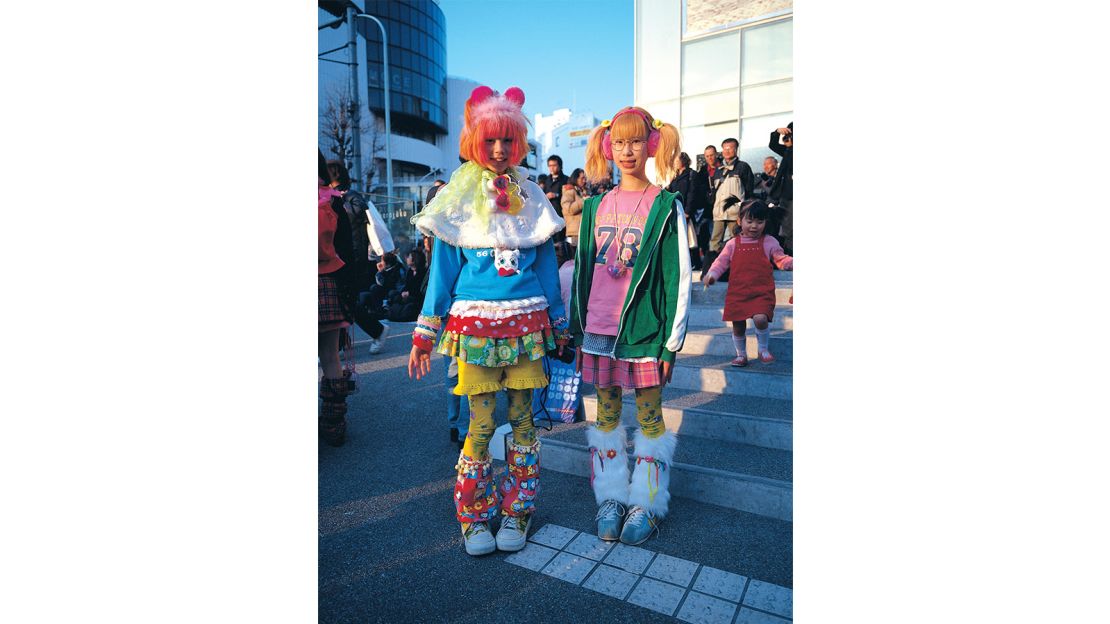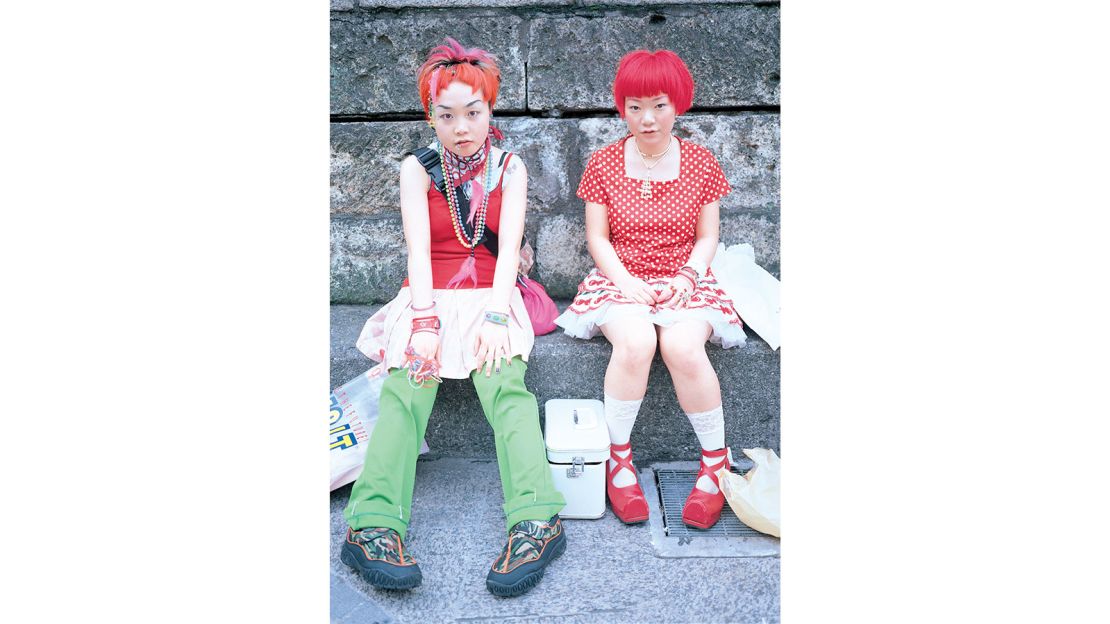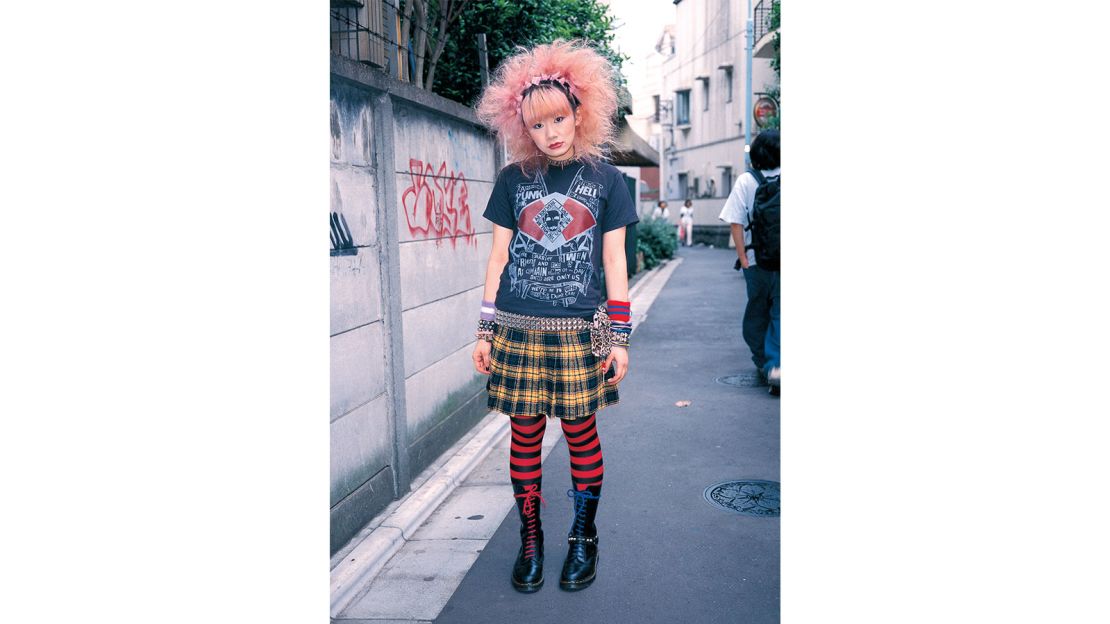Story highlights
Photographer Shoichi Aoki is best known for his publication, FRUiTS magazine
FRUiTS featured some of boldest street style looks from Tokyo's Harajuku district
Watch this month's Style show on Japan, fronted by Derek Blasberg here
For over two decades, Japanese photographer Shoichi Aoki has been documenting the most outlandish, provocative and definitive Tokyo street fashion.
Beginning in 1996, Shoichi captured the complete transformation of Harajuku – the city’s fashion hot spot – from pedestrian shopping precinct, to cutting-edge Asian style center, documenting it all in his publication, FRUiTS magazine.
But in December 2016, Aoki shut down the cult fanzine after 233 issues, declaring a lack of fashionable people to photograph and, in an interview with CNN, attributes the influx of fast-fashion brands and influence of social media to the increasingly generic state of the capital’s street fashion.
An excerpt from this month’s Style show, Aoki reminisces on the early days of his career and his most memorable, eccentric shots below to host Derek Blasberg.
CNN: You started taking photos documenting Tokyo’s street fashion scene many years ago, what drew you to it?
Shoichi Aoki: FRUiTS Magazine started in 1996 and this was when the fashion that you see in FRUiTS really first emerged. It has been 20 years and there have been good times and bad times.
Have there been any trends or movements in fashion that were particularly exciting to capture?
The first two years were very exciting, during the years of Decora. (“Decora,” short for decoration, began in the 1990s and is characterized by its childlike and colorful expressions of clothing). That was a very cool fashion movement and I don’t think we’ll see such a movement emerge in the world again.
What is it about Tokyo that makes it so stylish?
In Tokyo there are many people that come from different regions, with different histories and different regional tastes. It’s really cool that it’s not just about age.

I find that in Japan, people get dressed up just to go out of the house and walk on the street. What do you think it is about Tokyo that makes people want to express themselves through style?
I don’t think it’s just in Japan where people express themselves using fashion because we cannot walk naked on the street. But I guess that in Japan there’s a bit of a stronger feeling of being part of a group, and to share their sense of style with friends and followers. This is especially true for young people.

Speaking of these different groups, do you really have to pick one group to belong to, or can you one day be “goth” and another day be something else?
Harajuku is a special place where new fashion comes out so I think it’s very different to other places in Tokyo. You’ll see several different groups of people.

Do you think that street style has become more important on the internet than it is on the streets?
I think that one of the reasons you don’t see fashionable people around Harajuku anymore is that they are now expressing their fashion online, so they don’t need to express themselves on the street. Online is more like a stage for them to express their fashion.
What would you say is your all-time favorite photo from Japan?
Decora fashion is something that was born in Harajuku, many people think it is too much but it is real fashion so I really like that.
What are your plans for the future?
I am still shooting. So I am thinking that maybe I am going to publish a book or a magazine sometime in the near future.
During this month’s Style show, Derek Blasberg explores Tokyo’s art, design and fashion scenes. Featuring Takashi Murakami, Hidetoshi Nakata, Rila Fukushima, Shoichi Aoki and more.










